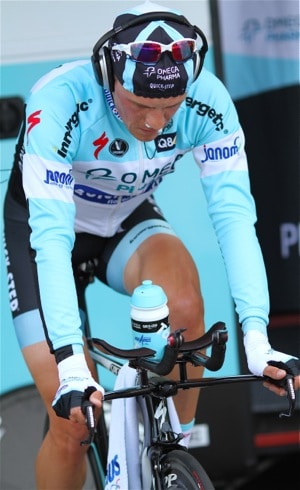How to Make a Quick Warm-Up before Interval Training
It has long been known that warm-up before physical exercise can improve your performance significantly. In many of my training programs, I recommend you to perform an incremental warm-up before interval training starts. Physiological benefits of warm-up The bottom line is that your body is better prepared for strenuous exercise after proper warm-up. In my […]
How to Make a Quick Warm-Up before Interval Training Read More »

